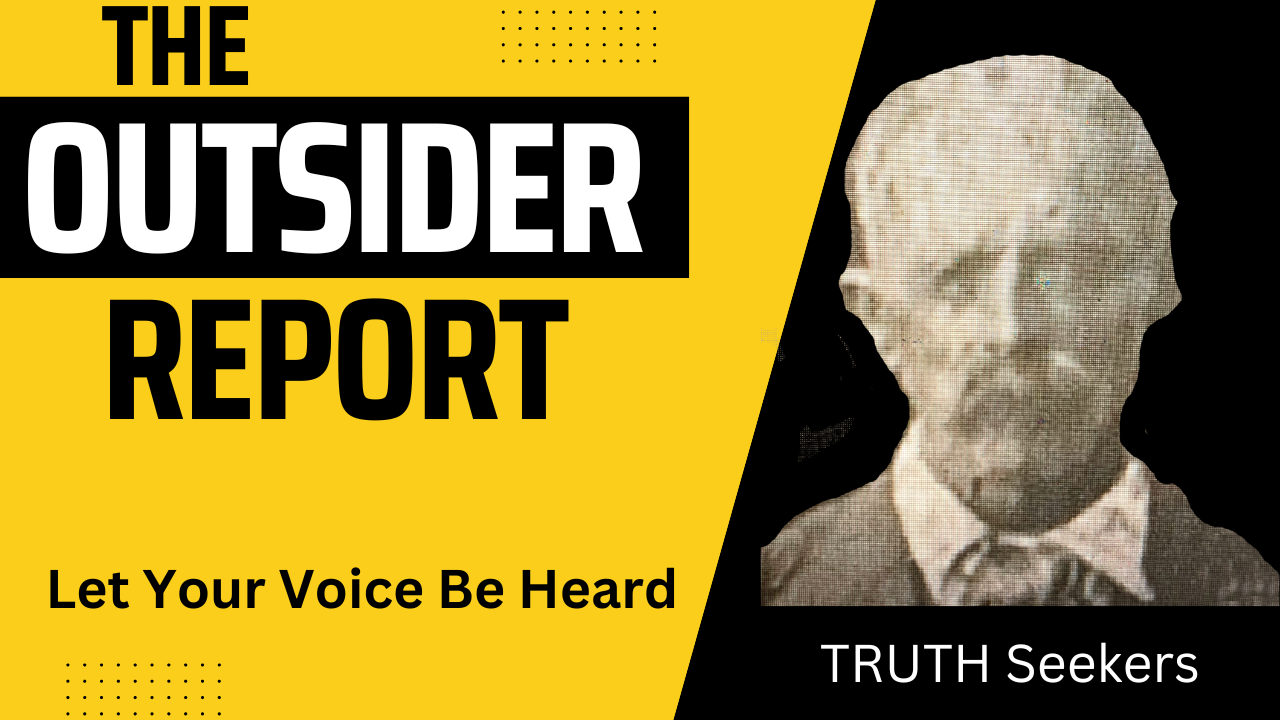The FBI raid on Ruby Ridge, Idaho, stands as one of the most controversial and polarizing events in modern American history. Occurring in August 1992, this incident involved a deadly standoff between federal law enforcement agencies and a family living in a remote mountainous area. The tragic consequences of the raid sparked debates about government overreach, individual rights, and the use of force, leaving a lasting impact on the public perception of law enforcement tactics.
Historical Background: Ruby Ridge was the home of Randy Weaver and his family, who chose to live in a secluded area to escape what they believed was an increasingly corrupt and overreaching government. The Weavers were associated with various anti-government beliefs, including white separatism and the radical Sovereign Citizen movement. This background drew the attention of federal law enforcement agencies, who suspected Weaver of firearms violations.
Events Leading to the Raid: The FBI and ATF (Bureau of Alcohol, Tobacco, Firearms and Explosives) initiated an investigation into Weaver’s alleged illegal activities, including the sale of sawed-off shotguns. The situation escalated when Weaver missed his court date due to a misunderstanding, leading to the issuance of an arrest warrant. Despite the relatively minor nature of the charges, a heavily armed FBI Hostage Rescue Team (HRT) was deployed, and a tense standoff ensued.
The Raid and Standoff: On August 21, 1992, the HRT surrounded the Weaver property, leading to a confrontation that would last for days. The standoff was marked by communication breakdowns, mistrust, and a series of tragic events. On the first day, a firefight erupted between the Weavers and law enforcement, resulting in the deaths of a U.S. Marshal and Weaver’s son, Samuel. This violence only heightened tensions on both sides.
Media Coverage and Public Reaction: The raid on Ruby Ridge garnered significant media attention, and the narrative surrounding the event was shaped by various perspectives. Supporters of the Weavers portrayed them as victims of government intrusion, while others criticized the family’s extremist beliefs. The incident further fueled the burgeoning militia movement in the United States, as well as concerns about the use of force by federal agencies.
Aftermath and Legal Proceedings: Randy Weaver and Kevin Harris, a friend of the family, were eventually arrested and charged. In a trial that followed, Weaver was acquitted of all major charges except for failing to appear in court. The trial highlighted the perceived misconduct of federal agents, including withholding evidence. The jury’s decision underscored public skepticism toward the government’s handling of the situation.
Impact on Law Enforcement Tactics: The Ruby Ridge incident had a profound impact on law enforcement practices. The excessive use of force, communication failures, and the tragic loss of life prompted a reevaluation of how federal agencies approach similar situations. The standoff revealed the dangers of militarization and the need for improved strategies to peacefully resolve standoffs.
Legal Reforms and Accountability: In the wake of the Ruby Ridge incident, changes were made to federal law enforcement protocols. These changes aimed to enhance training, communication, and oversight to prevent similar tragedies. Additionally, the incident led to legal reforms and discussions about the limitations of government power, particularly concerning citizens’ Second Amendment rights and the use of deadly force.
Conclusion: The FBI raid on Ruby Ridge, Idaho, remains a poignant reminder of the complex interplay between individual rights, government authority, and the use of force. The tragic events that unfolded on that remote mountain served as a catalyst for critical discussions about law enforcement tactics, constitutional protections, and the delicate balance between security and liberty. The lessons learned from Ruby Ridge continue to shape law enforcement practices and public perceptions, serving as a cautionary tale of the consequences that can arise from unchecked government power and miscommunication.
You might also like:
- Nonprofit under investigation after DOGE spotlight, millions in waste
- WATCH: Tulsi Gabbard and Donald Trump hold forum event
- The people of Texas are not going to ask Joe Biden for permission to protect its citizens and defend its border
- Gavin Newsom faces recall threat from Rescue California group
- Corruption in Washington, D.C.: Analyzing Its Impact and Exploring Remedies

